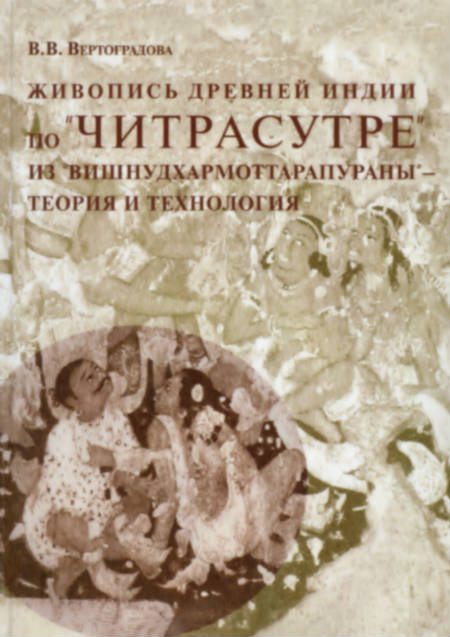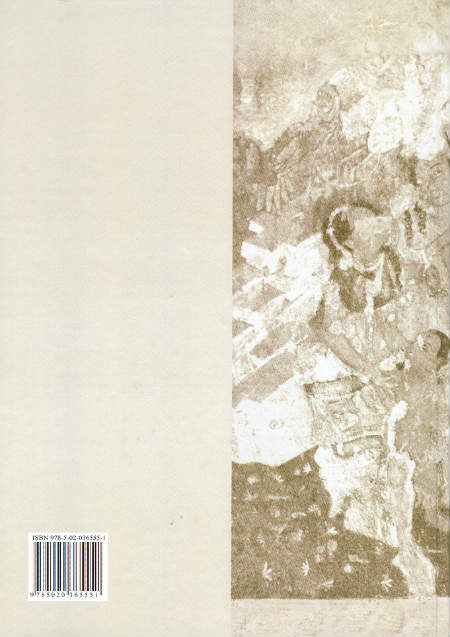Книга
 Живопись древней Индии по «Читрасутре» из «Вишнудхармоттарапураны» – теория и технология.
Живопись древней Индии по «Читрасутре» из «Вишнудхармоттарапураны» – теория и технология.
 Живопись древней Индии по «Читрасутре» из «Вишнудхармоттарапураны» – теория и технология.
Живопись древней Индии по «Читрасутре» из «Вишнудхармоттарапураны» – теория и технология.
Вертоградова Виктория Викторовна
Москва, 2014, 224 стр.
Работа представляет исследование и первый перевод на русский язык с санскрита самого раннего из дошедших до нас индийских трактатов (нач. – сер. I тыс.) по теории и технологии живописи. Трактат содержит как технические рецепты приготовления грунтов, красок и пр., так и первые в данной области теоретические построения по эстетике и теории искусства (учение о пропорциях, учение о цвете, учение о планиметрических построениях, учение об индийском «мимесисе»). Поскольку культурологическое исследование «Читрасутры» (ЧС) и осмысление ее как источника по теории искусства невозможно без предварительного филологического изучения, рассмотрение ЧС в данной работе проведено на основе исследования текста, а именно на воссоздании его генеративных моделей с учетом различных факторов интертекстуальности. Применение подобной методологии дает возможность исследовать механизмы порождения текста, вскрывающие одновременно и механизмы культуры. Это позволило автору не только описать уникальный случай построения теоретического трактата об искусстве живописи, но и показать существенные моменты формирования древнеиндийского науковедения.
English version
This monograph presents a study and the first translation from Sanskrit into Russian of the earliest extant Indian treatise on the theory and techniques of painting (the beginning to the middle of the 1st millennium A.D.). The treatise contains both technical recipes for the preparation of primings, paints, etc., and the earliest (in this field of knowledge) theoretical constructs concerned with aesthetics and art theory (the teaching on proportions, the teaching on colour, the teaching on planimetric models, the teaching on “likeness/correspondence”). It should be stressed that neither a cultural-research approach to the Citrasūtra (CS) nor attempts at understanding it as a source on art theory are possible without preliminary philological investigation. In the present case, an examination of the CS has been carried out based on textual study, namely, based on the reconstruction of the generative models of the text, while taking into account various intertextuality factors. The use of such a methodology, not previously applied to a text on art, gives on the opportunity to investigate the mechanisms of text generation that, simultaneously, shed light on certain mechanisms of culture. This has allowed the author not only to describe the unique case of the construction of a theoretical treatise on the art of painting, but also to uncover certain fundamentals of the formation of Ancient Indian “science-of-science”. In doing this, the author has succeeded in eliciting a number of complexes of particular importance to Indian culture, which have almost never come under consideration before and which are treated here as “linguo-cultural” phenomena. Of particular interest, both to the history of painting and to cultural theory, is the theory of colour of the Citrasūtra, previously considered by scholars to be enigmatic and nonsensical. Studies in the CS text have allowed the author to conclude that its teaching on colour is a classification based on tonal differences.



